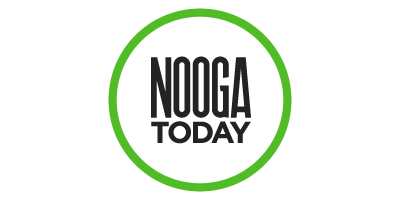The City of Chattanooga is investing more than $500,000 to upgrade local parks and make them more accessible for people with disabilities. 🌳
NewsChannel 9 reported that 21 parks will get renovations and a city official said that the city’s newest parks were built with ADA standards in mind.
Many of the changes to the older parks will be structural, including pavement improvements, slope adjustments, handrail additions, and repairs and improvements to sidewalks and transition spaces. There will also be updated signage and improvements made to parking spaces, Public Works PIO Colline Miller said in a prepared statement to NOOGAtoday.
The list of parks includes Hixson and Lakeside ballfields, Riverview Park, Shallowford Road Trailhead and St. Elmo Park.
Chattanooga activist and resident Jean-Marie Lawrence, who has muscular dystrophy and uses a wheelchair, told Channel 9 that she’s “cautiously optimistic” about the planned changes, but that accessibility is a worldwide problem.
By the numbers
- 10.7 percent of Chattanooga’s population under age 65 lives with a disability
- That’s about 18,000 people, according to the U.S. Census Bureau.
- In Tennessee, 28.8 people have a disability, according to the CDC.
- The CDC reported that 22.5% of U.S. adults live with some kind of disability
Disability inclusion
Including people who have disabilities in typical, everyday activities and supporting them in having roles that are similar to their peers — who don’t have disabilities — is called “diversity inclusion,” according to the CDC.
Quoteworthy:
“Disability inclusion means understanding the relationship between the way people function and how they participate in society, and making sure everybody has the same opportunities to participate in every aspect of life to the best of their abilities and desires.” — CDC
Ways to be inclusive include:
- Removing physical and attitudinal barriers that limit a person’s ability to fully participate in society
- Making products, services + the physical environment more accessible + usable
- Modifying items, plans or systems that limit people with disabilities
- Changing thoughts and beliefs + working to change negative stigma and stereotypes











